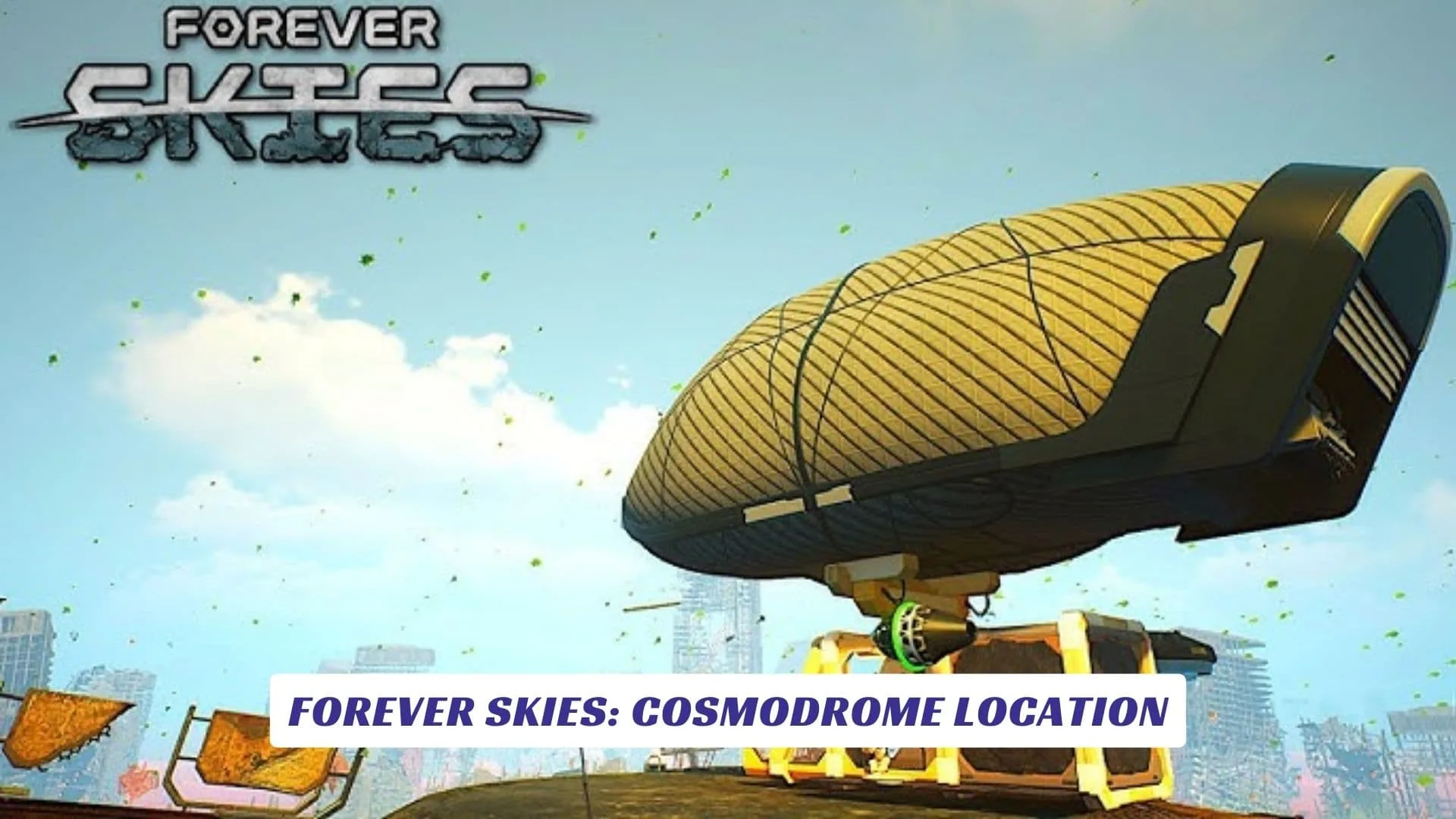Contents
Forever Skies: Cosmodrome Location is a key destination for players seeking adventure, rare resources, and vital story elements within the expansive post-apocalyptic universe of Forever Skies. In this comprehensive guide, we delve into the exact whereabouts of the Cosmodrome, providing you with strategic tips to locate it, survive its harsh environment, and utilize the unique items and challenges found there. This article covers essential keywords related to Forever Skies including the Cosmodrome coordinates, exploration tactics, base-building advice near the Cosmodrome, and how to unlock its secrets. Whether you’re a seasoned explorer or a newcomer eager to uncover all the secrets Forever Skies has to offer, learning about the Cosmodrome Location will improve your gameplay and enrich your survival experience.
What Is Forever Skies?
Forever Skies is a survival adventure game set in a world blanketed by toxic dust storms, where players must gather resources, build a base, and explore key locations for the story and progression. The Cosmodrome emerges as one of the landmark areas offering both danger and opportunity, packed with unique loot, mission objectives, and profound lore tied to the game’s mystery. Visiting this location is crucial for players aiming to advance and thrive in this challenging environment.
How To Find The Cosmodrome Location in Forever Skies
Finding the Cosmodrome in Forever Skies involves navigating the daunting landscape and using environmental clues and map resources. Located in the eastern sector of the map, the Cosmodrome stands out thanks to its towering rocket launchpads and sprawling space infrastructure. Players should prepare extensively with appropriate gear such as gas masks and advanced vehicles to tackle its hazardous surroundings.
Quick Overview
The Cosmodrome is a cylindrical rocket building located in the blue biome (Silent City) with a landing platform at high elevation (around 300+ meters above sea level).
Exact Location & Identification
- Biome: Blue biome (Silent City area)
- Appearance: Very distinct cylindrical building with rocket launch infrastructure
- Elevation: Landing pad is positioned at approximately 300+ meters above sea level
- Visual Cues: Look for towering rocket launchpads and space infrastructure
Step-by-Step Instructions to Find the Cosmodrome in Forever Skies
1. Navigate to Blue Biome
- Open your map and look for blue-colored areas (Silent City biome)
- Head toward any blue biome section on your radar
2. Look for the Distinctive Structure
- Search for a tall, cylindrical building that stands out from other structures
- It has a rocket/space theme with launch infrastructure visible
- The building will have a high landing platform that’s clearly elevated above other structures
3. Approach Carefully
- The landing pad is significantly higher than most other locations (300+ MaSL)
- Ensure your airship can reach this altitude
- Look for the landing platform at the top of the cylindrical structure
4. Landing Requirements
Some players report needing to fly above the landing platform for the game to recognize arrival
You need to land on the platform at the top of the Cosmodrome
The platform is relatively small but accessible
Preparing For The Journey: Essential Gear And Strategies
Exploring the Cosmodrome demands readiness. Equipping protective gear against dust storms, carrying ample supplies, and scouting from a distance before committing will increase your survival odds. Building a forward base or rest point nearby is recommended to store resources and manage health during extended exploration sessions.
The Cosmodrome location presents both environmental hazards and formidable NPC encounters. Players will find abandoned rockets, tech terminals, and hidden caches that can unlock blueprints and upgrades. However, beware of hostile creatures and collapsing structures as you explore.
Tips For Base Building Near The Cosmodrome
Establishing a base close to the Cosmodrome allows for quick resource gathering and safer returns. Consider building elevated platforms, reinforced shelters, and long-range sensors to anticipate dust storms and enemy movement.
